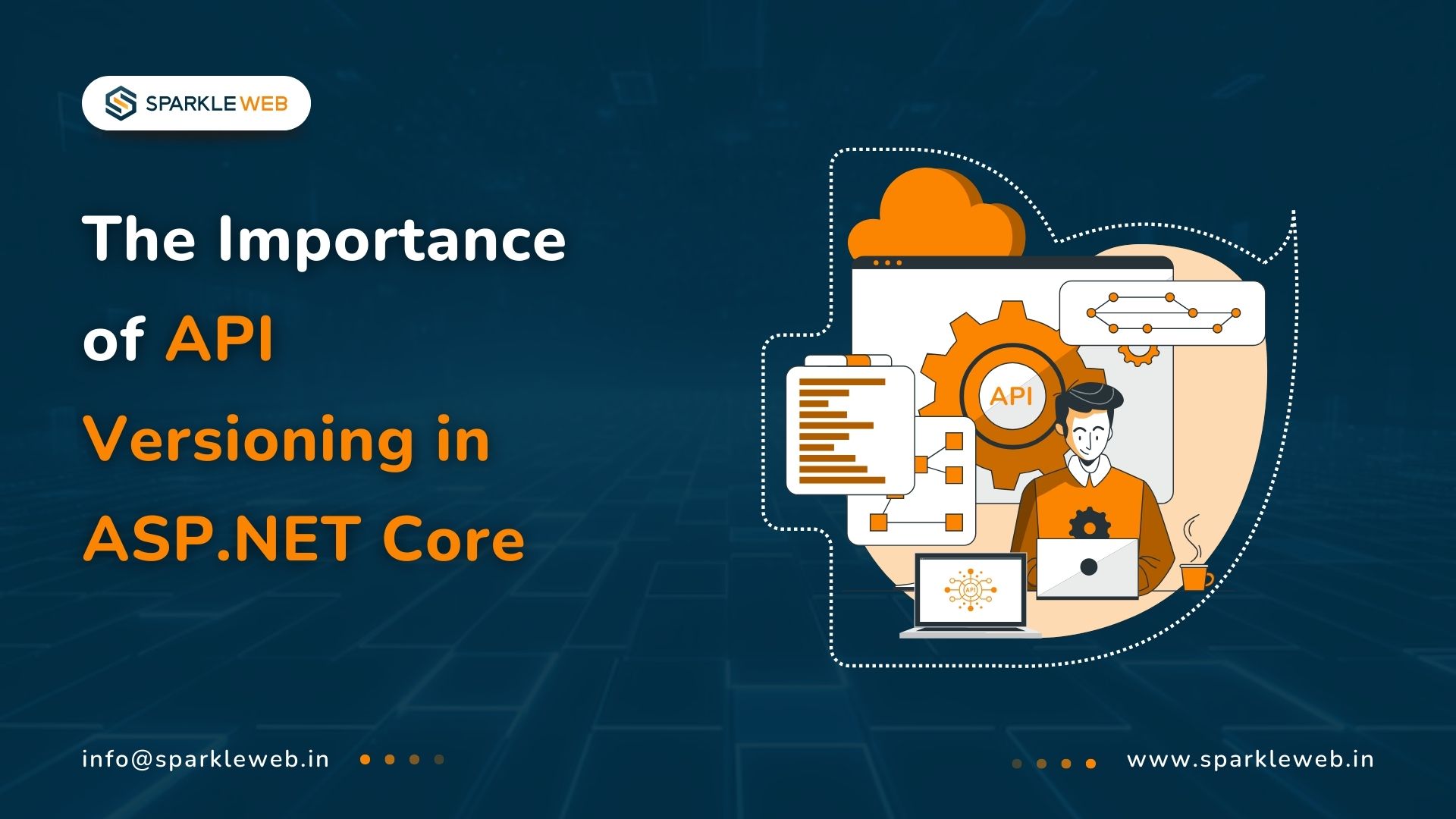In the fast-evolving world of software development, maintaining and updating APIs without disrupting existing clients is crucial. As a .NET developer, ensuring your APIs can evolve while remaining backward-compatible is essential. This is where API versioning comes into play. In this blog, we shall explore best practices for implementing versioning in ASP.NET Core APIs.
With the built-in support for versioning in ASP.NET Core, it's easier than ever to manage different API versions while maintaining a clean and scalable codebase. Implement these best practices in your next project to ensure a smooth experience for both you and your API consumers.
Why API Versioning Matters
API versioning allows developers to introduce new features, fix bugs, or change the behavior of an API without breaking existing clients. It ensures that API consumers can continue using the version they depend on while new consumers can take advantage of the latest changes.
Versioning Strategies
There are several strategies for versioning APIs, each with its pros and cons. The choice of strategy depends on your specific needs and the expectations of your API consumers.
1. URL Path Versioning
Example: /api/v1/products
Pros:-
- Easy to implement and understand.
- The version is visible and explicit in the URL.
Cons:-
- This can lead to a cluttered API surface if not managed properly.
2. QueryString Versioning
Example: /api/products?version=1.0
Pros:-
- Simple to implement.
- Allows flexible versioning without changing the URL structure.
Cons:-
- Versioning information is less visible and may be overlooked by clients.
- Potential issues with caching mechanisms.
3. Header Versioning
Example: GET /api/products with header api-version: 1.0
Pros:-
- Keeps URLs clean and consistent.
- Versioning is decoupled from the resource's URL.
Cons:-
- Requires clients to manage headers, which can be less intuitive.
- Slightly more complex to implement and test.
4. Media Type Versioning (Content Negotiation)
Example: Accept: application/json;v=1.0
Pros:-
- Allows versioning based on media types, offering fine-grained control.
- Can handle different representations of the same resource.
Cons:-
- More complex to implement.
- Versioning details are hidden in headers, making them less visible to clients.
Implementing API Versioning in ASP.NET Core
ASP.NET Core provides robust support for API versioning through Microsoft.AspNetCore.Mvc.Versioning package. Here’s how you can implement versioning in your ASP.NET Core APIs.
1. Install the NuGet Package
dotnet add package Microsoft.AspNetCore.Mvc.Versioning2. Configure API Versioning in Startup.cs
In the ConfigureServices method, add the following configuration:
public void ConfigureServices(IServiceCollection services)
{
services.AddControllers();
services.AddApiVersioning(options =>
{
options.ReportApiVersions = true;
options.AssumeDefaultVersionWhenUnspecified = true;
options.DefaultApiVersion = new ApiVersion(1, 0);
options.ApiVersionReader = new UrlSegmentApiVersionReader();
});
}3. Define API Versions in Controllers
Apply the [ApiVersion] attribute to your controllers to specify the version:
[ApiVersion("1.0")]
[Route("api/v{version:apiVersion}/[controller]")]
[ApiController]
public class ProductsController: ControllerBase
{
[HttpGet]
public IActionResult GetV1()
{
// Implementation for version 1.0
return Ok("Version 1.0");
}
}[ApiVersion("2.0")]
[Route("api/v{version:apiVersion}/[controller]")]
[ApiController]
public class ProductsV2Controller : ControllerBase
{
[HttpGet]
public IActionResult GetV2()
{
// Implementation for version 2.0
return Ok("Version 2.0");
}
}Best Practices for API Versioning
1. Be Explicit About Versioning
Always explicitly define the API version to avoid ambiguity. Default to a specific version if none is provided.
2. Deprecate Older Versions Gracefully
Inform clients about the deprecation of older versions and provide a timeline for support. This can be done using custom headers or documentation.
3. Maintain Consistent Versioning Across the API
Ensure that the versioning strategy is consistent across all endpoints to avoid confusion among API consumers.
4. Document API Versions Clearly
Use tools like Swagger (OpenAPI) to document different API versions clearly. This helps clients understand which version to use and how.
5. Avoid Breaking Changes in Minor Versions
Stick to semantic versioning principles. Only introduce breaking changes in major versions to minimize disruptions.
Conclusion
API versioning is an essential practice for any .NET developer managing production APIs. By implementing a robust versioning strategy, you ensure that your APIs can evolve over time without disrupting existing clients. Whether you choose URL path versioning, query string versioning, header versioning, or media type versioning, consistency, and clear documentation are key to a successful implementation.
Unlock the full potential of your ASP.NET Core APIs by learning versioning techniques. Make sure your updates go smoothly and keep your apps ready for the future with our expert guide. Want to improve your API management? Contact us today, and we will help you implement best practices in your next project!



Dev Mule
A highly skilled .NET Full Stack Developer proficient in MVC, .NET Core, C#, SQL, jQuery. Committed to delivering efficient, high-quality solutions by simplifying complex projects with technical expertise and innovative thinking.
Reply